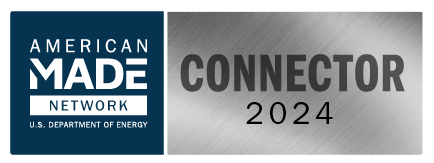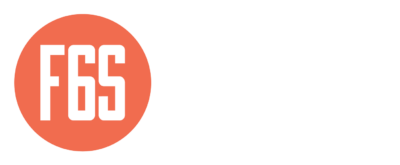On Saturday, February 8, over three hundred college students from numerous institutions packed into the Innovative Technologies Complex in Binghamton, NY to participate in the HackBU spring semester Hackathon. The theme of this year’s spring Hackathon was Hack for Tomorrow: emphasizing socially impactful products to solve real-world problems.
These students were competing for fun, bragging rights and an array of prizes.
This year, the Southern Tier Clean Energy Incubator sponsored a first place prize of $1000 dollars for the Best Clean Energy Hack competition category, in support of student and environmental innovation. Other prizes and topics ensured a varied array of hacks, but the allure of $1000 and the challenge of dreaming big in the clean energy space excited a number of teams. The ambitions team behind AR Turbine Test, this years’ winners, were instantly attracted to this challenge.
By using an augmented reality interface, AR Turbine Test visualizes the effects and impacts of adapting Wind Turbines on the environment. According to team member Jared Eipp, a freshman studying computer science, the product’s visuals would incentivize users to support clean energy products.
“Augmented reality was used to achieve the goal of preserving clean energy,” Eipp said.
“By showing a more accurate image of the visual impacts that are often the main reasons for hesitation among people against renewable energy. The goal is to persuade people to build a large project such as a wind farm or a solar energy field.”
Wind turbines were the focus of this team’s hack. Turbines are a source of renewable energy that produces 8% of U.S energy generating capacity by turning the energy in wind to usable electricity. Using an augmented reality environment built in Unity Engine, the application visualizes the placement and impacts of a wind turbine in real time. AR Turbine Test team member Jake Cope, a junior double majoring in computer science and mathematical studies at Binghamton University spoke to how their team built their product.
“I think the first thing we did after settling on our idea was figuring out how to virtualize a wind turbine using AR in the most basic way possible,” Cope said. “After placing down a few models of the turbine in Unity, we built the app, installed it on my phone, pointed it out the window, and as the virtual turbines appeared in the real world, we knew we wanted to explore this idea for the remainder of the hackathon.”
Once the team settled on their idea, they hit the ground running. The app took 16 hours for the team to develop, beginning their early engineering stages at 8:00 PM on Saturday and compiling the product a few minutes before the 12:00 PM deadline on Sunday. Having learned more about the applications of software in clean energy technology during the time crunch, Eipp stressed that software engineering lends itself well to clean energy innovations for both companies and consumers.
“Being able to use software to collect and distribute data accurately is powerful and provides companies the ability to be more transparent with what they plan on carrying out with their products. From the consumer side, software engineering allows people to understand the impacts, both positive and negative, of integrating a clean energy source into their community.” Cope said.
The competition’s theme of socially impactful hacking proved a source of inspiration for many teams. High impact projects from other teams included Solar Planner, an app to help city planners implement solar technology, and Best Hack winner PlowIt, which allowed snow plow drivers to update their progress in real time. For Jake and Jared, the theme helped focus ideas and build a sense of community among hackers.
“The theme of the hackathon was a great basis for our idea and after looking at all the prizes for clean energy/civic engagement hacks, we narrowed our search down to tackling a real world issue,” Cope said. “We were both fairly interested in the climate crisis so we decided to delve into that rabbit hole. After hours of bouncing failed ideas off each other, such as visualizing rising sea levels in real time, we finally ended up on wind turbines.”
Both Jake and Jared saw the hackathon as a learning experience in innovation and socially-motivated software development. As winners of the Best Clean Energy Hack, they were thankful for the opportunity and support from their community.
“I would like to thank HackBU for putting on another fantastic hackathon. Every year is better and smoother than the last and they really outdid themselves with this one. I would also like to thank the Koffman Southern Tier Incubator’s Clean Energy Program for sponsoring such a generous prize.”
“It was extremely gratifying to learn that others were interested in our idea and thought there was potential for a real product. It made the hard work feel less like work and more about helping communities,” Eipp said.
As winners of the Best Clean Energy Hack Category, the Southern Tier Clean Energy Incubator (SCI) will award AR Turbine Test a prize of $1000. To learn more about SCI’s programs and offerings, visit https://southerntierincubator.com/sci .
– Max Samson



